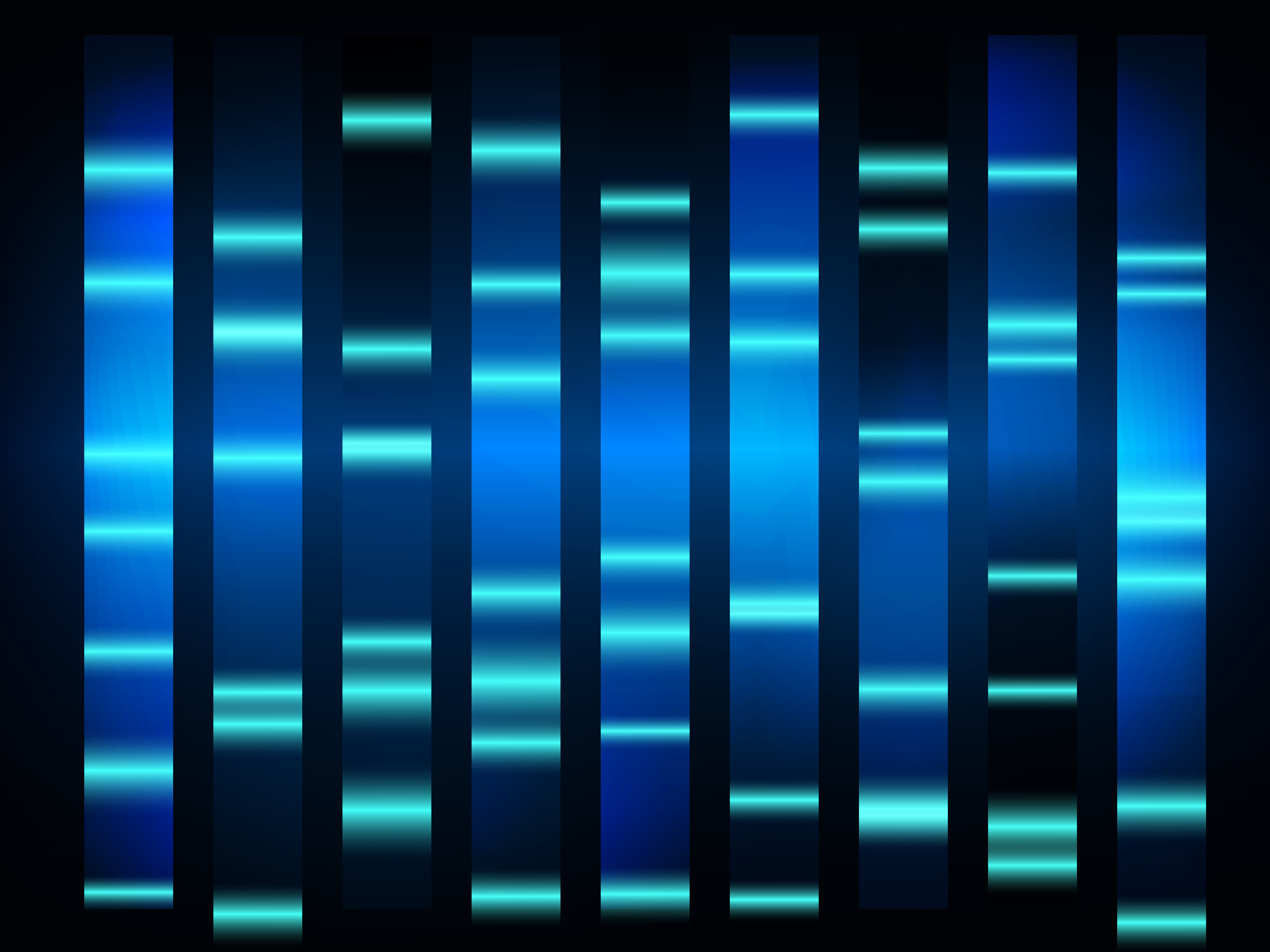Trigger May Be Uncovered For Lupus, Other Autoimmune Diseases

Scientists at the Hospital for Special Surgery (HSS) in New York, in collaboration with Greek researchers, may have identified a trigger for autoimmune disorders that could shed light on how many diseases develop, including lupus.
The investigators found virus-like components of the human genome that seem to be associated with both lupus and Sjogren’s syndrome.
The report, “Long interspersed nuclear element-1 retroelements are expressed in patients with systemic autoimmune disease and induce type I interferon,“ appeared recently in the journal Arthritis and Rheumatology.
The result came after more than decade of research.
About 80 forms of autoimmune disorders affect nearly 22 million people in the United States, based on National Institutes of Health (NIH) estimates. Causes remain largely unknown, although combined environmental and genetic factors could play a role.
In the current study, the researchers aimed to understand whether abnormal genetic markers called LINE-1 ( L1) retroelements act in a manner similar to viruses to trigger an autoimmune response and disease.
L1 could be responsible by causing an over-production of interferons – immune-system molecules. Interferons can be helpful for combating infection, but at high levels may cause autoimmune diseases.
“In a number of these diseases, such as lupus and Sjogren’s syndrome, a class of interferon known as type 1 interferon is made in abundance and plays a key role, contributing to the immune dysfunction,” said Dr. Mary K. Crow, physician-in-chief at Hospital for Special Surgery and senior study author.
Crow said the researchers hypothesized that virus-like DNA sequences inherent in human genomes or the RNA transcripts they produce, might drive the production of interferon and contribute to disease.
“Our genomes are packed with sequences derived from viruses that were inserted many thousands of years ago, and these virus-like sequences can move around, causing genetic mutations and contributing to the evolution of our genomes,” Crow said.
The scientists studied tissue samples from 24 people with lupus nephritis, and salivary gland biopsies taken from 31 patients with Sjogren’s syndrome. They compared the biological samples to healthy samples.
“Our findings support the hypothesis that L1 retroelements, perhaps along with other virus-derived genomic elements, may contribute to the development of autoimmune disorders characterized by high levels of type 1 interferon,” said Crow. “Although it may not be the only cause, it’s intriguing to think that virus-derived elements in our own genome are either quiet and don’t cause any trouble, or they get stirred up and contribute to disease.”
Researchers concluded that more work is needed to understand how viruses can contribute to autoimmune disease, but the study provides a crucial stepping-stone for further research and potential treatments.





